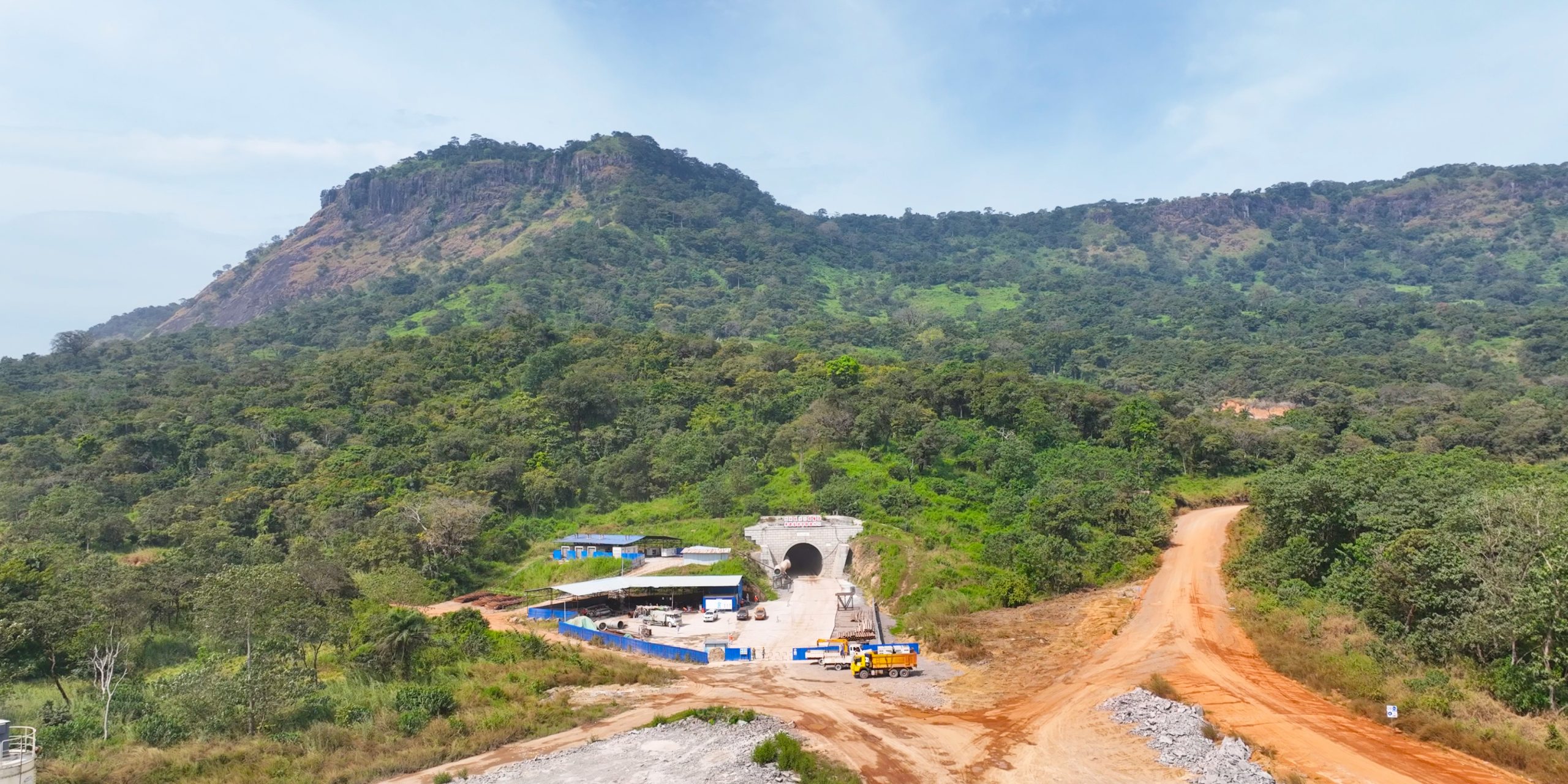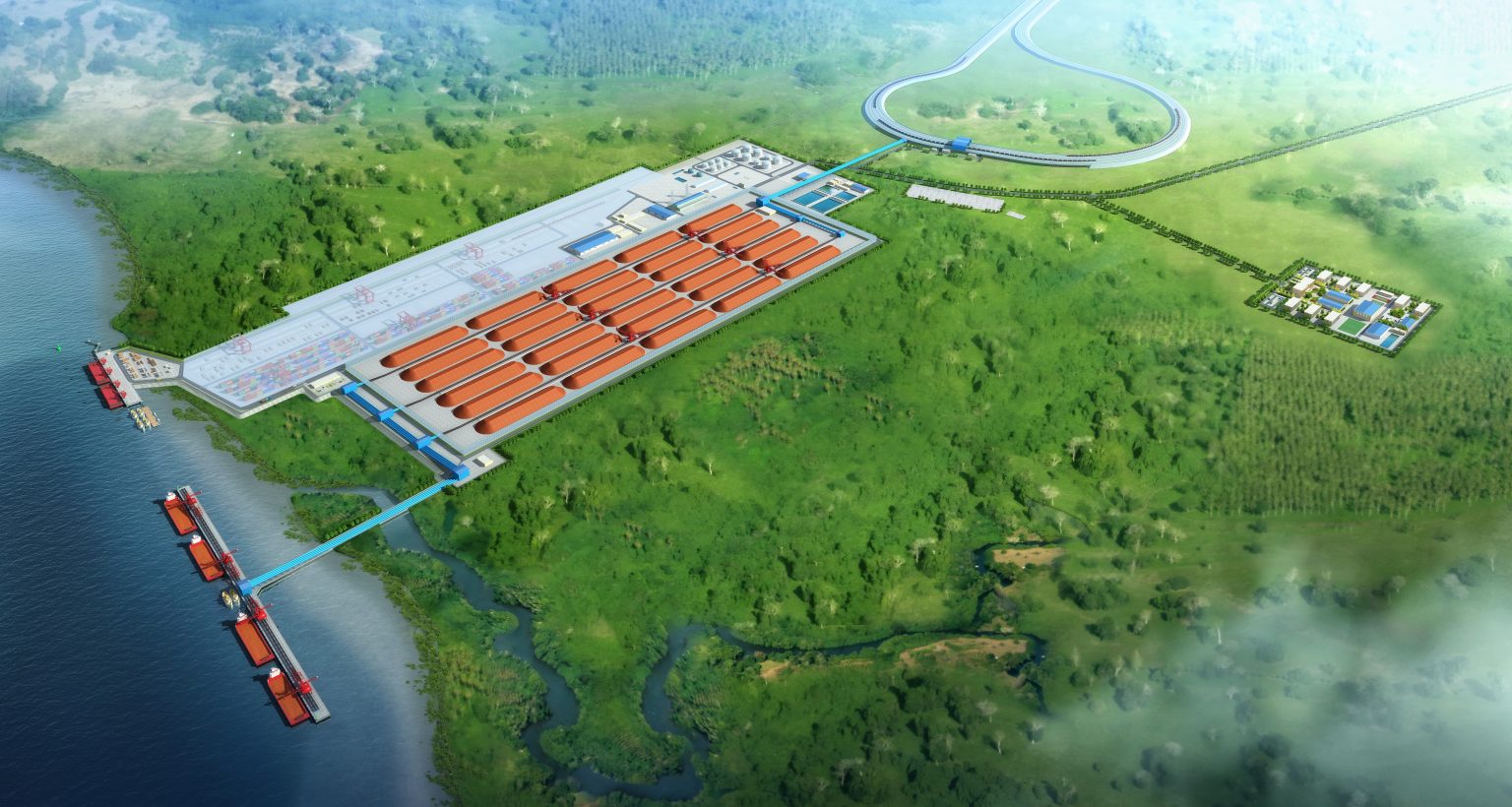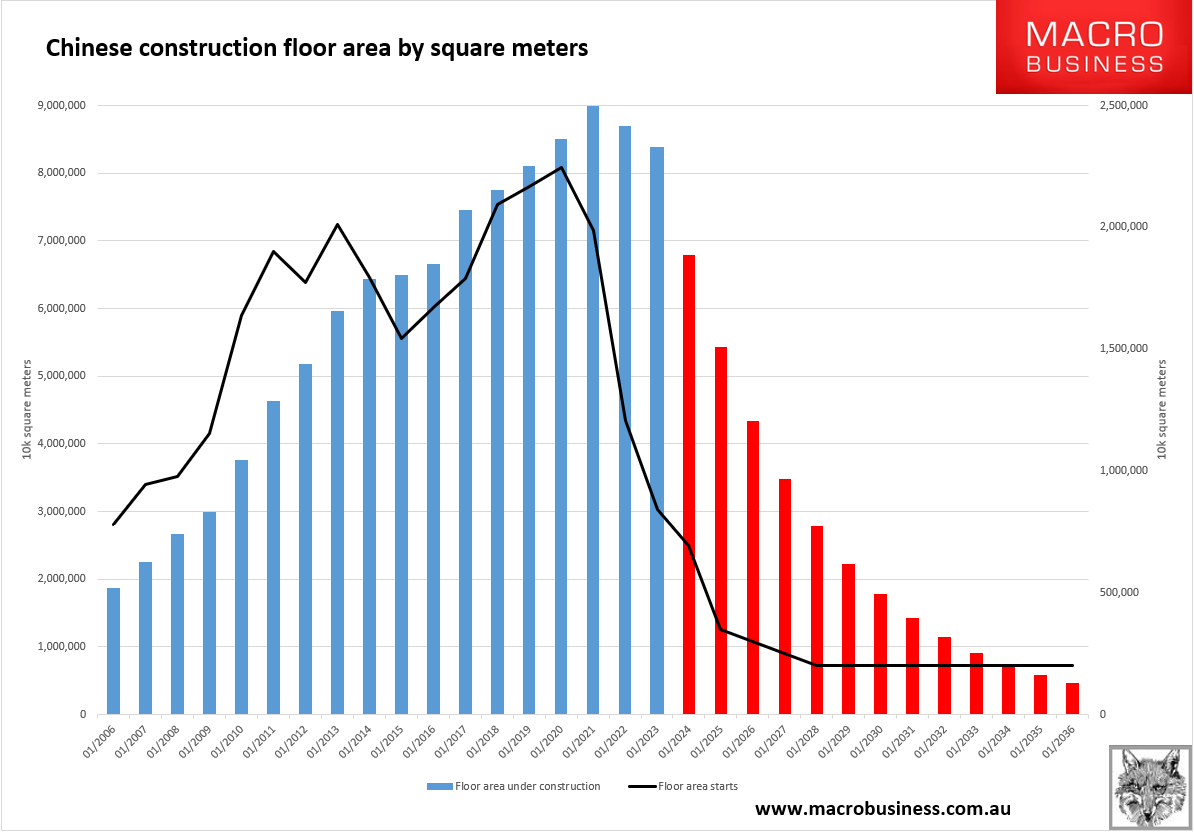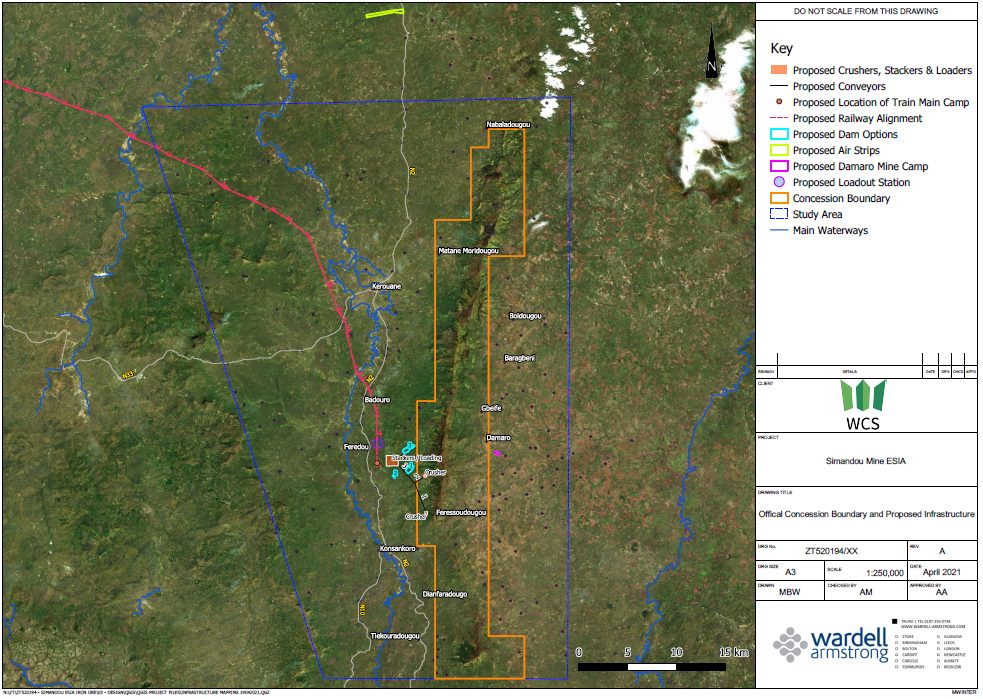In order to develop the Simandou iron ore project, a “Transguinéen Railway” with a designed total length of 600 kilometers is being constructed to connect the Simandou mine and the Port of Morebaya. The railway has a total of 12 stations, 206 bridges with a total length of 79.17 kilometers; 4 tunnels with a total length of 27.55 kilometers, accounting for a bridge-tunnel ratio of 19.4%. The total amount of earthwork construction for the entire railway line is approximately 69.53 million cubic meters. It is planned to be completed and opened to traffic by the end of 2025.

There are 4 tunnels in the “Transguinéen Railway”, with a total length of 27,551 meters. 15,651 meters of excavation and support have been completed, accounting for 56.8% of the work.
There is some curious information about the port plan:
The Simandou Project is a mining project of global importance, comprising:
- An open-pit iron mine in the Simandou mountain range in south-eastern Guinea, approximately 600 km from the Guinean coast, with an estimated potential capacity of up to 100 million tonnes per year, located east of the town of Kérouané.
- The construction of a 600km railway. In order to exploit the iron ore from blocks #1 and #2, WCS has undertaken, within the framework of the mining agreement signed with the Guinean Government, to build a “trans-Guinean” railway of approximately 600km length, to link the Simandou mine to the Guinean coast, and to build new port facilities to export the iron ore.
- For the first phase, WCS plans to build port facilities on the Morébayah River estuary near Senguelen, in the Prefecture of Forecariah, to load iron ore onto barges, then load onto large ocean-going vessels through its high-capacity transhipment terminals at sea.
- Subsequently, a new deep-water port is planned in a second phase.
Winning has considerable transhipment assets and the world’s second-largest bulker fleet.
It is not clear why the ramp-up of seaborne ore will begin without the port being completed or whether RIO will use similar staged shipping. Perhaps it is simply resource constraints for such a large project.
Anyway, there’s no apparent reason why RIO will complete its total capacity mine and deep sea port before Winning does. Winning is as motivated as RIO to get its volumes to market:

So, my working assumption is that the two halves of Simandou will ramp up on roughly the same timetable.
120mt of iron ore, not 60mt. Just as Chinese construction hurtles off the construction cliff:

We’ve seen this combination of booming supply and waning demand before, in 2015, and it cratered iron ore to $37.
Only this time, no rescue will come afterward, and the iron ore oligopoly’s pricing power will be permanently compromised.



